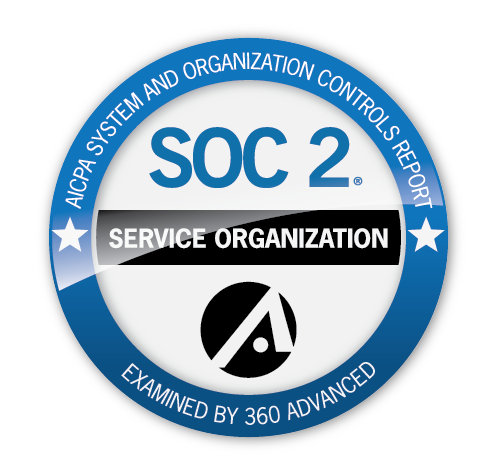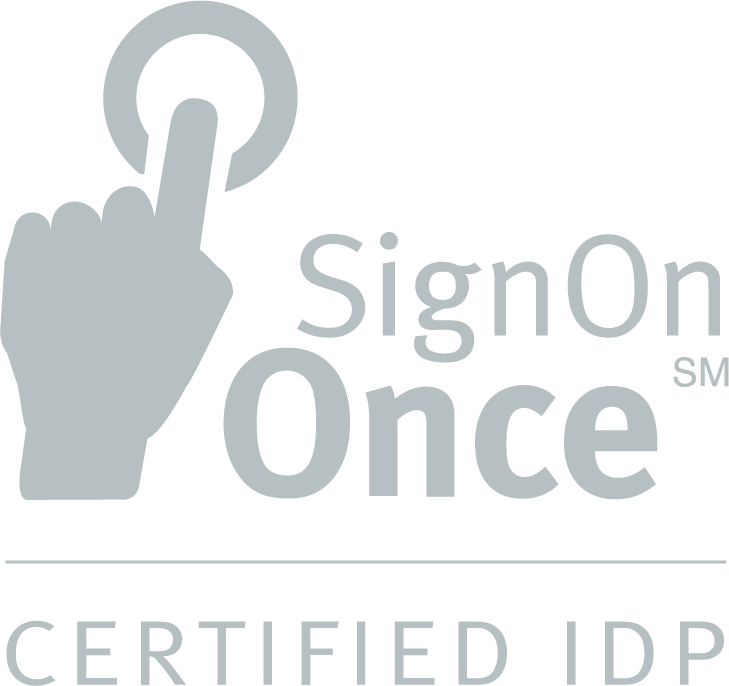In the world of MGAs, speed, accuracy, and profitability are everything. MGAs are expected to underwrite faster, with better risk selection, tighter margins, and excellent service for carrier and agent partners. To meet these demands, MGAs increasingly need something more than legacy tools or disjointed systems; they need an underwriting workbench.
What is an underwriting workbench?
An underwriting workbench is a modern platform that centralizes the submission, quoting, rating, and risk selection workflows in one configurable environment. It reduces manual lift, improves decision visibility, and enables MGAs to compete on agility, automation, and profitability.
Problems MGAs may be facing without an underwriting workbench
There are 5 core challenges you may be facing without a purpose-built underwriting workbench:
- Fragmented systems and silos: When quoting, rating, submission, agent communication, and data enrichment live in separate tools, the friction and delay increase dramatically.
- Manual tasks and bottlenecks: Manual data entry, chasing agents for missing documents, and routing submissions by hand all slow things down and increase error risk.
- Limiting agility and speed to market: With rigid backend systems or slow IT processes, launching new products, updating forms, adjusting pricing or coverage, and onboarding agents, can be hampered.
- Poor visibility and reporting: MGAs need to see pipeline status, underwriting cycle times, loss ratios, hit ratios, profitable vs unprofitable risks. Without centralized dashboards and automated data capture, this is difficult.
- Agent and underwriter experience suffers: Delays frustrate agents; underwriters waste time on non-value tasks. That can affect retention, reputation, and business opportunities.
How an underwriting workbench solves those problems for MGAs
Below are ways in which a robust underwriting workbench can address the above pain points:
|
Challenge |
Solution |
|
Fragmented systems |
Integrates submission intake, rating, quoting, and agent portal workflows in a single platform for underwriters |
|
Bottlenecks in underwriting and quoting |
Features such as automated routing of tasks, configurable rules, immediate rating across systems, and AI-enabled data enrichment reduce manual wait times |
|
Slow launch and updates |
Low code/no-code configuration means product changes, form updates, or agent portal tweaks can be done without full custom development cycles |
|
Lack of data and insights |
Delivers analytics on submissions, risk selections, agent performance, etc., helping MGAs make data-driven decisions |
|
Agent and underwriter satisfaction |
A unified portal experience reduces the back-and-forth, speeds up communication, and gives both agents and underwriters concreteness on where submissions stand |
Why now is the time MGAs should adopt an underwriting workbench
Several market forces are pushing MGAs toward adopting underwriting workbenches:
- Increasing competition: New MGAs are raising the bar for speed, transparency, and service. To keep up, MGAs need tools that reduce friction and delay.
- High customer and agent expectations: Agents prefer working with MGAs/carriers that respond quickly, provide easy digital submission and quoting, and give visibility into status.
- Regulatory, risk, and data demands: As underwriting gets increasingly data-centric and regulated, MGAs need auditability, data enrichment, and consistency.
- Operational cost pressures and talent constraints: Automating routine tasks frees underwriters for higher value work, reducing reliance on hiring big teams to manage manual work.
Bridging the talent and knowledge gap
A large portion of the current workforce that have decades of invaluable experience is preparing to retire. This creates a critical need to attract and train younger, tech-savvy talent to bridge the impending knowledge gap.
An underwriting workbench is a powerful solution to this problem, serving a dual purpose: it makes a career as an underwriter more attractive to the next generation, and it helps capture the institutional knowledge of the current one.
Younger professionals are accustomed to digital-first environments. A modern underwriting workbench provides them with the user-friendly, technology-driven tools they expect, making a career in underwriting more appealing than a traditional, manual-based role. It signals that your business is innovative and forward-thinking.
The vast experience of seasoned underwriters —their intuition, risk appetite, and historical knowledge —is a business asset. The rules engine within a workbench can codify this expertise, turning years of experience into automated workflows and data-driven insights. This ensures that when a senior underwriter retires, their knowledge isn’t lost but is preserved and utilized to train the next generation of underwriters.
By investing in an underwriting workbench, you not only improve operational efficiency, but you secure the future of your underwriting team.
What MGAs should look for in an underwriting workbench
When evaluating or implementing an underwriting workbench, MGAs should focus on features that deliver both immediate efficiency and long-term scalability. Configurability is critical. A low-code/no-code design allows teams to update agent onboarding, rating engines, forms, and workflows quickly without depending on lengthy IT projects. Equally important is strong integration capability, enabling smooth connections with raters, third-party data sources, and PAS to avoid manual re-entry and errors.
Modern underwriting workbenches should include AI-driven automation for tasks like data-enrichment, risk triage, and document processing. This not only accelerates routine submissions but also frees underwriters to spend more time on complex, high-value accounts. Both agent and underwriter portals are essential: agents benefit from intuitive submission and tracking, while underwriters gain tools to prioritize, analyze, and approve submissions efficiently. A robust analytics dashboard provides visibility into key metrics such as throughput, cycle times, hit ratios, and profitability by line of business or distribution partner.
Finally, flexibility in workflows and routine rules ensures that submissions can be reassigned or escalated as needed, while scalability and enterprise security give MGAs the confidence that the platform can grow with their business and meet compliance requirements.
How to get started
The journey toward an underwriting workbench should begin with a clear understanding of your current processes. Start by auditing your underwriting workflows. Map each step from submission through quote and bind to uncover bottlenecks and delays. Once those pain points are visible, define the KPIs you want to improve, such as cycle time, submissions per underwriter, or agent satisfaction. With priorities in place, you can evaluate potential solutions (like Vertafore’s Surefyre), measuring them against your desired outcomes as well as cost and ease of implementation.
Rather than attempting a full transformation at once, it’s often best to begin with a pilot project focused on a single line of business, renewal process, or endorsement workflow. This lets you test results and build momentum. To ensure adoption, provide thorough training and change management support so that underwriters and agents understand how the workbench benefits them. From there, track performance improvements, measure ROI against KPIs, and continuously refine workflows and rules to maximize the platform’s value.


